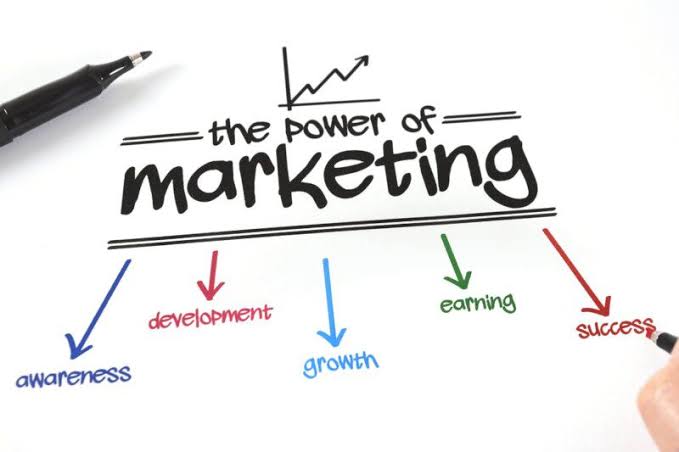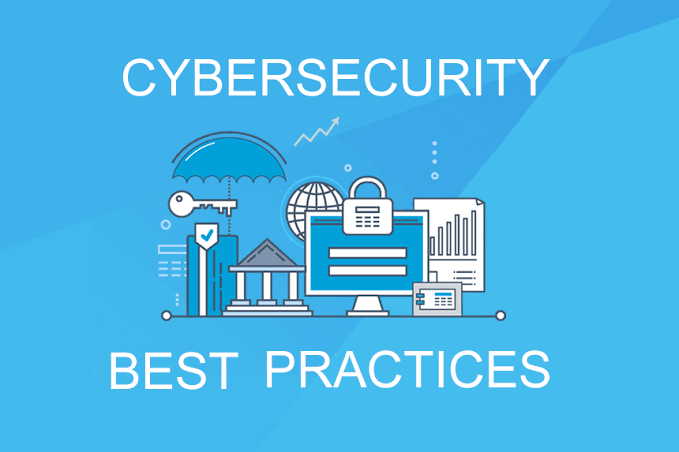In today’s fast-changing business world, companies of all sizes face a big challenge—how to reach more people in a crowded and competitive market. Having a good product or service is not enough anymore.
Success depends on being seen, connecting with people, and capturing attention on many different platforms. Marketing must change from one-size-fits-all methods to flexible, multi-channel strategies that match how customers behave and what they want. In this article, we will look at simple, people-focused marketing strategies that help reach more customers, increase engagement, and support long-term growth.
Understanding and Segmenting Your Audience
Before any business can effectively reach more people, it must first understand who it is trying to reach. Audience research goes beyond general demographics; it involves segmenting your market into meaningful groups based on behavior, interests, needs, values, and motivations. While age, location, and gender are useful starting points, psychographics—such as lifestyle, beliefs, or shopping habits—offer deeper insight into what drives purchasing decisions.
Effective segmentation allows for the personalization of content and messages, making your marketing efforts more relatable. The more accurately you can pinpoint the desires and challenges of your audience segments, the better you can position your brand as a solution. Creating buyer personas is a helpful technique. These fictional characters represent your ideal customers and guide your tone, channel choice, and content strategy.
Crafting Consistent and Authentic Messaging
To attract a larger audience, a brand must have a clear, consistent, and authentic voice. People are drawn to brands they can trust, and trust is built through honesty, transparency, and relatability. Your message should not only highlight the features of your product or service but also communicate the benefits in a way that resonates with people emotionally.
This involves storytelling. Brands that tell real, human stories—about their origins, their struggles, or how their product changes lives—tend to create stronger bonds with their audiences. Rather than pitching a product, they share experiences and values that people can identify with. Whether on a website, social media page, podcast, or email newsletter, your message must be coherent and stay true to your brand’s personality across all channels.
Utilizing Multi-Channel Marketing
The modern consumer doesn’t live in a single channel. They may begin their buyer journey on social media, continue through a Google search, and finally make a decision after reading reviews or watching a YouTube video. Therefore, relying on only one marketing platform is short-sighted. Multi-channel marketing ensures your brand is present wherever your potential customers are active.
Social media platforms like Facebook, Instagram, LinkedIn, Twitter, and TikTok each cater to different demographics and usage styles. While Instagram may work well for visual branding, LinkedIn is better suited for thought leadership in B2B industries. Email marketing, despite its age, still offers one of the highest returns on investment when done correctly. SEO and blogging bring organic traffic from search engines, while podcasts and webinars allow you to reach audiences who prefer audio and live content.
The key is not to be everywhere, but to be in the right places with tailored messages that suit each platform and its audience.
Leveraging Influencer and Affiliate Marketing
In the era of digital communities, influencer marketing has emerged as one of the most effective ways to expand audience reach. Consumers are more likely to trust recommendations from individuals they follow and admire than from traditional advertisements. Micro-influencers, in particular, often have more engaged and loyal audiences than celebrities, making them ideal partners for smaller brands.
Collaborations can take many forms: product reviews, giveaways, co-hosted events, or sponsored posts. Authenticity is paramount—audiences can quickly sense when an influencer is only promoting a product for compensation, and this can backfire. Carefully choose influencers who align with your brand values and who genuinely use or support what you offer.
Affiliate marketing is a close cousin to influencer marketing. By creating an affiliate program, you allow third parties to promote your product and earn a commission on every sale they generate. It’s performance-based, low-risk, and scalable.
Investing in Content Marketing and SEO
Content is one of the most powerful tools in your marketing arsenal. People crave information, solutions, and inspiration, and content satisfies that need. High-quality content not only drives traffic but also builds authority, educates consumers, and keeps your brand top-of-mind.
Blog posts, articles, how-to guides, eBooks, videos, infographics, and podcasts each offer unique advantages. When optimized for search engines using appropriate keywords, meta descriptions, and internal linking, your content becomes discoverable to people actively searching for what you offer. This creates a steady stream of inbound leads over time.
Consistency is key. A sporadic content schedule leads to missed opportunities. An editorial calendar can help maintain momentum, ensuring that your messaging remains fresh, timely, and relevant.
Hosting Events and Creating Community Experiences
Beyond the digital sphere, in-person or virtual events provide an unmatched opportunity to connect with people on a deeper level. From workshops to networking mixers to product launches and webinars, events allow direct interaction, real-time feedback, and the chance to showcase your brand personality.
Even more important than a one-off event is building an ongoing community. Encouraging user-generated content, creating brand ambassador programs, and launching private online groups or forums helps foster a sense of belonging among your audience. When people feel they are part of a larger movement or mission, they are more likely to engage and advocate for your brand.
Tracking Performance and Adapting Accordingly
No marketing strategy is complete without a plan for tracking performance. Data offers insight into what’s working, what isn’t, and what requires improvement. Google Analytics, CRM tools, social media insights, and email metrics should all be examined regularly to inform decisions.
Keep an eye on engagement rates, conversion ratios, bounce rates, and customer acquisition costs. More importantly, stay flexible. Marketing is not static. Consumer behavior shifts, platforms evolve, and trends emerge. The brands that grow their audience consistently are those willing to experiment, learn, and adapt quickly.
Conclusion
Reaching a larger audience today is both a skill and a strategy. It needs understanding, planning, and a focus on real value. By using audience research, clear messaging, multiple channels, influencer help, content tuning, experience-based marketing, and data-driven choices, businesses can grow and succeed. The goal is not to reach everyone but to reach the right people with the right message at the right time. That is the key to lasting brand success.



